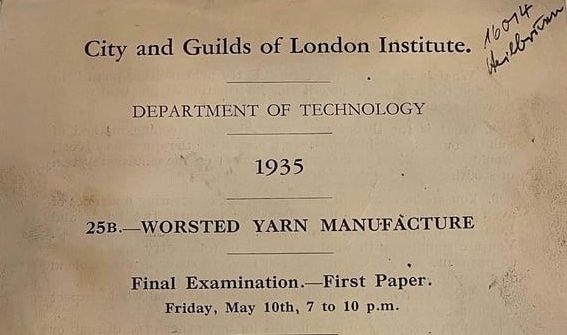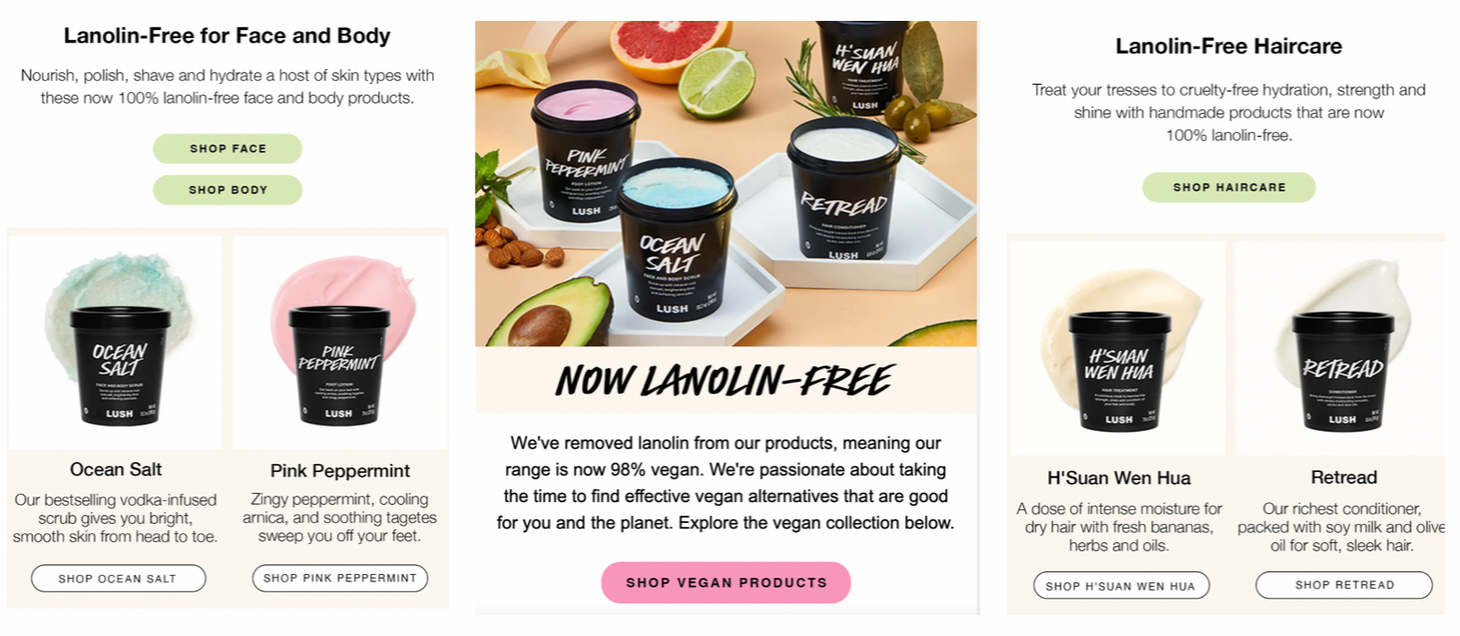She Sells Oyster Shells: Breaking Down SeaWool

Oysters in our Sweaters?
Recently I've seen ads for sweaters containing oyster shells. While that may sound like an April Fool's joke, it is not. The fiber is called SeaWool, and companies are touting it as a revolutionary, eco-friendly fiber that's saving the planet. Marketing materials claim that SeaWool "shares 98% of wool's traits." A chimpanzee shares 98% of human DNA, and even strawberries and bananas share 60% of our DNA, but you don't see me updating my profile to say "half human, half fruit salad."
Let's break this down.
PET Peeves
PET stands for polyethylene terephthalate, which is a form of polyester. When a PET soda bottle is recycled, the material is broken down, purified, and then converted into a new PET resin that is, in turn, used to make a new bottle.
SeaWool marketing material is shrouded in claims of propetary this and proprietary that. But as best as I can tell, a small amount of pulverized oyster shells are added to the purified PET before it is melted into the resin and regenerated into a new material.
A Planet Saver?
While plastic soda bottles may pose a tremendous threat to the environment, oyster shells do not. Oyster shells may be slow to biodegrade, but they do not release any toxic materials or greenhouse gases in the process. If anything, the millions of tons of oyster shells that do end up in landfills each year are a waste of a valuable biomaterial that could easily be used for much better purposes.
Oyster shells are high in calcium carbonate, making them an excellent soil amendment. That calcium carbonate also makes them attractive for mineral supplements and antacids. So this is not a matter of finally finding a use for a problematic material that has been wreaking havoc on the environment. (No, that would be the plastic bottle portion of SeaWool.)
What does the addition of pulverized oyster shells actually do to the polyester in SeaWool? It's hard to tell.
The addition of a small percentage of calcium carbonate from the oyster shells may help prevent the polyester from trapping odors, acting as a sort of built-in neutralizer. The oyster shells may also prevent the static that polyester tends to generate because of its low moisture uptake. Both of those benefits are really just fixes for polyester's shortcomings.
What's the scale of recycling going on here? I could find only one reference that breaks it down, the Edgartown SeaWell Sweater from Long Wharf Supply. For each sweater sold, five oyster shells and eight water bottles are allegedly diverted from the landfill. The sweater "is made from recycled oyster shells, recycled water bottles, and natural lambswool," but it's really 50% SeaWool, 20% viscose, 20% nylon, and 10% wool. So, 90% synthetics, 10% wool.
I didn't even begin to discuss the issue of microplastics released into the water with every wash. This article by Joanne Seiff does an excellent job of explaining the depths of the problem.
Meanwhile, more than 1 million plastic bottles are sold in the world, every minute of every hour of every day. I don't see SeaWool solving an environmental problem in any meaningful way; it's better understood as a marketing ploy.




